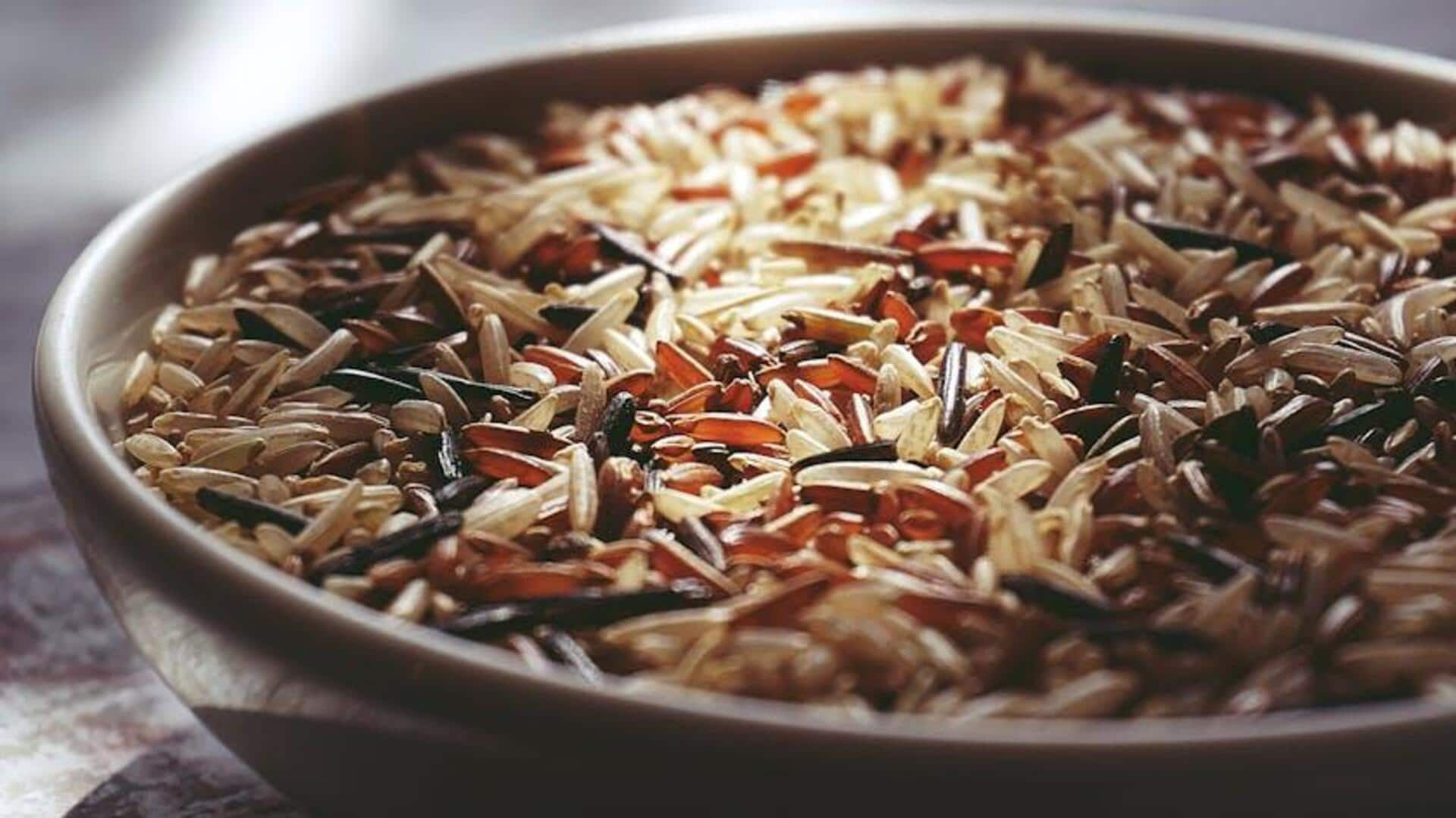
Amaranth v/s quinoa: Which is healthier?
What's the story
Amaranth and quinoa are two ancient grains which have gained immense popularity owing to their amazing nutrient profiles. Both make for excellent superfoods, providing a whole array of health benefits. Today, we will be looking at the nutrient density of these grains, comparing their protein content, fiber levels, vitamin and minerals presence, and overall health benefits. Here's how they stack up against each other.
#1
Protein content comparison
Weighing in at around 14% protein, Amaranth is a fierce competitor in the protein game. Quinoa follows closely with about 13% protein. Both grains offer all nine essential amino acids, which is pretty uncommon for plant-based foods. This makes them ideal sources of complete proteins for vegetarians and vegans who want to meet their daily protein requirements without resorting to animal products.
#2
Fiber levels in each grain
Fiber is essential for digestive health and keeping blood sugar stable. While amaranth provides about 7% fiber content per serving, quinoa offers 5% around. The higher fiber content in the former may lead to better digestion and longer satiety after meals. Adding either of the grains in your diet can help you improve gut health and support weight management efforts by keeping you full.
#3
Vitamins and minerals present
Both amaranth and quinoa are loaded with vitamins and minerals, which are critical for overall well-being. Amaranth is particularly rich in iron, magnesium, phosphorus, potassium, and calcium. Quinoa also contains high amounts of magnesium, phosphorus, manganese, zinc, copper, iron as well as B-vitamins such as folate, which aids energy production within cells, making both the grains excellent additions to any balanced nutrient-dense diet plan.
Tip 1
Health benefits beyond nutrition
Consuming these ancient grains regularly may offer health benefits beyond nutrition, such as improved heart function. This is partly because they contain antioxidants that combat oxidative stress and reduce inflammation, potentially lowering the risk of chronic diseases like cardiovascular disease and type two diabetes. Though more research is needed to confirm these effects in humans, the findings so far are promising and worth considering in dietary choices.